Several years ago, I attended the International Society for Medical Publishing Professionals (ISMPP) annual meeting. As a presenter, I was introducing attendees to a new initiative called CrossCheck. Our company, iParadigms, had recently partnered with CrossRef, a non-profit providing several services to the scholarly publishing community including Digital Object Identifier (DOI) registration. The partnership was straightforward. CrossRef's publisher and society members would receive access to iThenticate for use in editorial review in return for allowing us to index their published content. Where plagiarism detection software is concerned, the primary value is the world of content against which you can compare manuscripts. My introduction of the CrossCheck initiative received mixed reviews. Many wondered how the use of our software would impact existing editorial processes. Would efficiencies be affected? Would the scholarly research community support the effort?
Menu
-
Solutions
-
Our Solutions
-
AcademicSurface potential plagiarism prior to publication with iThenticate’s expansive content database.
-
AdmissionsScreen personal essays for potential plagiarism and help ensure the highest level of integrity even before matriculation.
-
GovernmentEnsure the originality of public-facing content, from legal documents to grant applications, and reporting.
-
MedicalPrevent invalid findings dissemination, grant misconduct, and improper medical practices.
-
PublishingProtect your journal’s reputation by publishing only the highest quality articles.
-
-
Resources
-
Our Resources
-
FAQFind the answers to the commonly asked questions about how iThenticate works.
-
Content DatabaseComprehensive coverage you can trust across the internet, scholarly articles, and industry papers.
-
GuidanceSearch our comprehensive site for the launch, integration and usage information.
-
-
Pricing
-
Login
-
Buy Credits
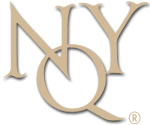 We recently had the opportunity to chat with Editor-in-Chief Raymond Hammond of the
We recently had the opportunity to chat with Editor-in-Chief Raymond Hammond of the 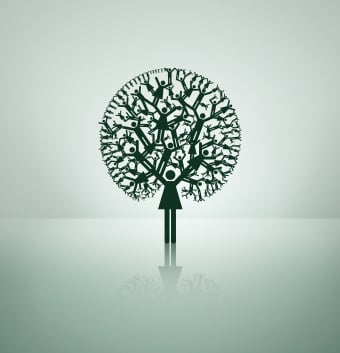 d an article that cited a plagiarism study from
d an article that cited a plagiarism study from  A recent
A recent  Reddit.com
Reddit.com The term ‘self-plagiarism’ might seem confusing to many people. After all, if you are the person who originally created a piece of content, how can it be considered plagiarism if you decide to reuse the material? Shouldn’t you be able to reuse your own work in any way you want?
The term ‘self-plagiarism’ might seem confusing to many people. After all, if you are the person who originally created a piece of content, how can it be considered plagiarism if you decide to reuse the material? Shouldn’t you be able to reuse your own work in any way you want? 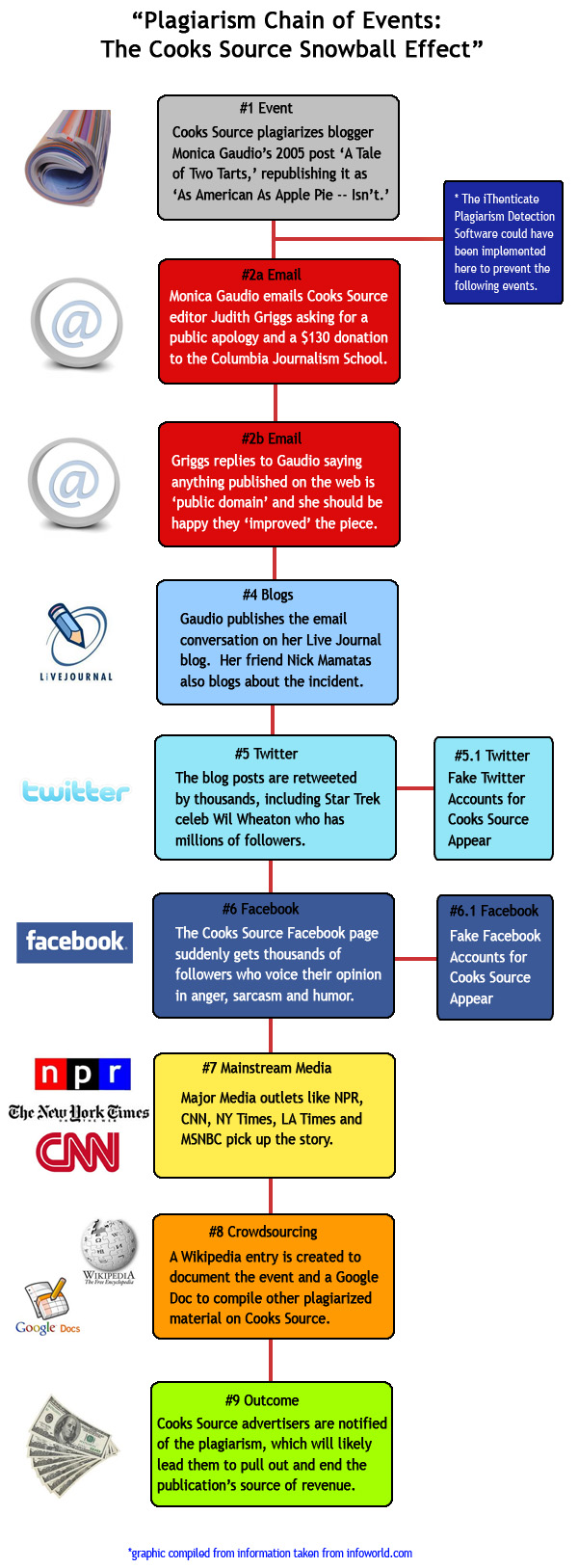
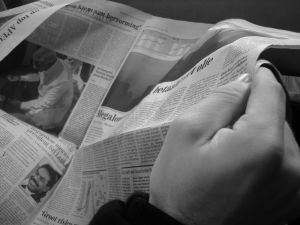 “Social News” services are becoming a trend in the news publishing industry.
“Social News” services are becoming a trend in the news publishing industry. A recent article from Times Higher Education discusses a new ‘Tariff’ that academics in the UK are proposing that will lay out a universal system of penalties for university students that plagiarize.
A recent article from Times Higher Education discusses a new ‘Tariff’ that academics in the UK are proposing that will lay out a universal system of penalties for university students that plagiarize. 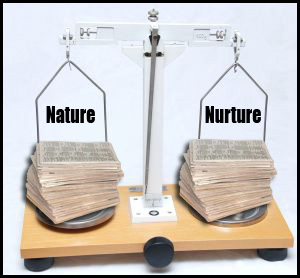 Are recent incidents of newspaper plagiarism examples of Nature, something that would ‘naturally’ occur due to the inadvertent duplication of content, or Nurture, where plagiarism is happening because of the publishing environment writers are placed in?
Are recent incidents of newspaper plagiarism examples of Nature, something that would ‘naturally’ occur due to the inadvertent duplication of content, or Nurture, where plagiarism is happening because of the publishing environment writers are placed in?